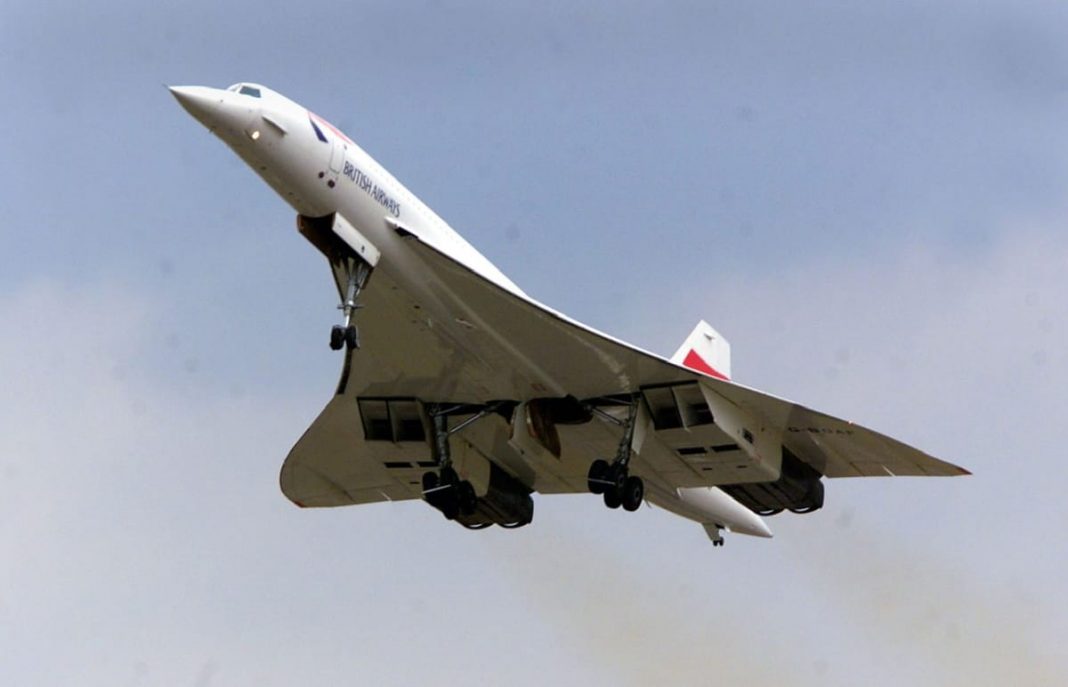Seventeen years ago, on October 24, 2003, Concorde made its final commercial flight from New York City’s John F. Kennedy Airport (JFK) to London Heathrow (LHR). The needle-nosed supersonic aircraft flight BA002 was heading to London with 100 passengers onboard and ending what had been an exciting chapter of aviation history.

The 20th-century icon and favorite transatlantic travel means for the rich and famous had lost its appeal except for the few who could afford to pay $9,000 for a transatlantic round trip ticket. Airlines were now interested in packing people in and not having an entire aircraft dedicated to affluent travelers.
Concorde began commercial service in 1976
When the plane began commercial service in January 1976, the Anglo-French joint venture was a technological marvel capable of flying 11 miles above the earth, reaching a speed of 1,350 miles per hour. Able to fly from London to New York in three and a half hours meant taking the time difference into account passengers arrived in New York before they had departed England.

When the first Concordes rolled off the assembly lines in Filton (Bristol) and Toulouse, the British and French governments were convinced that they would sell hundreds of planes. In the end, only the national airlines of both countries, Air France and British Airways, would take delivery of eight aircraft each.
Concorde was too noisy
Despite having modern innovations that we take for granted today, Concorde had a limited range, was very noisy, and burned an excessive amount of fuel. With a total passenger capacity of 100, British Airways and Air France needed to charge premium prices for tickets to stand any chance of breaking even.
Meanwhile, a Boeing 747 could carry nearly four times as many passengers and consume the same amount of fuel. The Boeing 747 also did not have the noise issues of the Concorde and could fly non-stop from London and Paris to Los Angeles, something that Concorde could not do.
Concorde could only carry 100 passengers
The Concorde was also incredibly noisy. While many people think it was the crash of Air France Flight 4590 when taking off from Charles de Gaulle Airport (CDG) that brought on the plane’s retirement, the decision had already been made.

When being interviewed by American news broadcaster CBS about the final flight and his thoughts on the Concorde, former British Airways boss Ross Stainton said that he was sorrowful to see the plane go calling it a “wonderful achievement.”
Along with Stainton on the flight were guests that included actress Joan Collins, Sir David Frost, and supermodel Christie Brinkley.
Never mind the Paris crash or the September 11 terrorist attack, the Concorde’s real downfall was its inefficiency. Today airlines are only interested in the bottom line, which is why we may never see the likes of Concorde again anytime soon.
Did you ever fly on Concorde? If so, do you miss not being able to fly supersonic? Please let us know your thoughts in the comments.
[ad_2]
Source link


